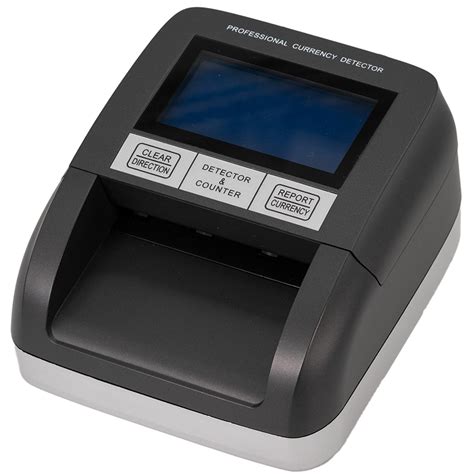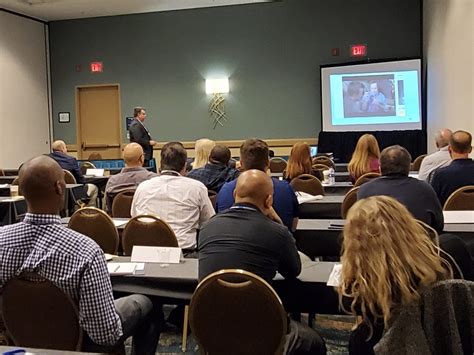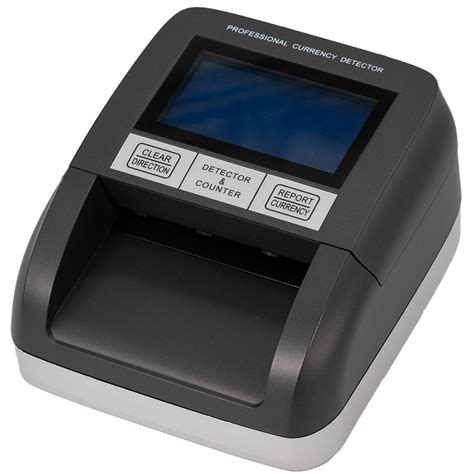How to Train Retailers on Detecting Counterfeits
Understanding the Basics of Counterfeit Detection
Counterfeit goods present a major challenge for retailers across various industries. Training staff to identify fake products is essential for protecting brand reputation and customer trust. In this section, we’ll look at the foundational knowledge that retailers need to begin understanding and detecting counterfeits.

What Are Counterfeits?
Counterfeit goods are imitations of genuine products, often made with inferior materials but designed to look like authentic items. These products deceive customers and harm the legitimate market. Some of the most commonly counterfeited products include:
- Luxury goods (watches, handbags)
- Electronics (smartphones, headphones)
- Pharmaceuticals
- Designer clothing
Why is Counterfeit Detection Important for Retailers?
Detection not only protects revenue but also maintains customer trust and brand integrity. Failing to detect counterfeits can lead to severe consequences, including loss of customer loyalty, reputational damage, and potential legal issues.
Training Techniques for Identifying Counterfeit Goods
Training programs are vital in empowering retailers to spot fake products. Effective training involves both theoretical knowledge and hands-on practice, and includes:
- Identifying Key Product Features: Learn about genuine product markings, packaging details, and quality of materials.
- Using Technology: Equip staff with tools such as QR code scanners, hologram readers, and UV lights to spot inconsistencies.

Leveraging Technology in Counterfeit Detection Training
With advances in technology, retailers can now use various tools to enhance counterfeit detection. Technology not only improves accuracy but also streamlines the training process for staff.
Types of Technology for Detecting Counterfeits
| Technology | Application |
|---|---|
| UV Light | Reveals hidden marks or patterns on genuine products. |
| QR Code Scanners | Verify authenticity via product information embedded in QR codes. |
| Blockchain | Used for verifying product origins through a digital ledger. |
Recognizing Common Counterfeit Patterns
Counterfeit goods often share common traits, regardless of the product type. Retailers can learn to spot these patterns, which frequently include:
- Suspiciously low prices
- Altered or missing logos
- Inferior packaging and material quality

Effective Communication with Customers on Counterfeit Risks
Retailers play a crucial role in educating consumers about the dangers of counterfeits. Training staff on how to talk to customers about counterfeit risks, without creating alarm, is essential for a good customer experience. Key points to communicate include:
- Explaining the risks of counterfeit products.
- Providing insights on product authenticity verification methods.
- Encouraging purchases from authorized retailers only.
Table Summary of Key Counterfeit Detection Points
| Training Aspect | Details |
|---|---|
| Key Product Features | Logos, packaging, material quality |
| Technology | QR scanners, UV light, blockchain |
| Common Patterns | Price, logos, packaging quality |
| Customer Communication | Educate on risks, suggest authenticity checks |
FAQs
1. What are the signs of counterfeit products?
Counterfeit products often show poor packaging quality, low-grade materials, and discrepancies in logos or branding. Prices that are unusually low can also indicate counterfeits.
2. Which technology is most effective for detecting counterfeits?
Technologies like UV lights and QR code scanners are highly effective for initial detection, but blockchain is increasingly used for comprehensive product tracking.
3. How often should retailers undergo counterfeit detection training?
Retailers should ideally refresh their training every six months, especially in high-risk industries like electronics and luxury goods.
4. What should retailers communicate to customers about counterfeit products?
Retailers can educate customers on recognizing genuine products, verifying authenticity, and the risks associated with counterfeit goods.
5. Can digital tools completely prevent counterfeits?
While helpful, no tool is entirely foolproof. Combined training and technology give retailers the best chance to identify and prevent counterfeit sales.
6. How can retailers establish trust with consumers regarding authenticity?
Providing transparency about sourcing, authenticity checks, and using authorized distribution channels builds trust with customers.
7. What is the impact of counterfeiting on the retail industry?
Counterfeiting damages revenue, brand reputation, and consumer trust, making effective detection strategies essential for long-term success.


